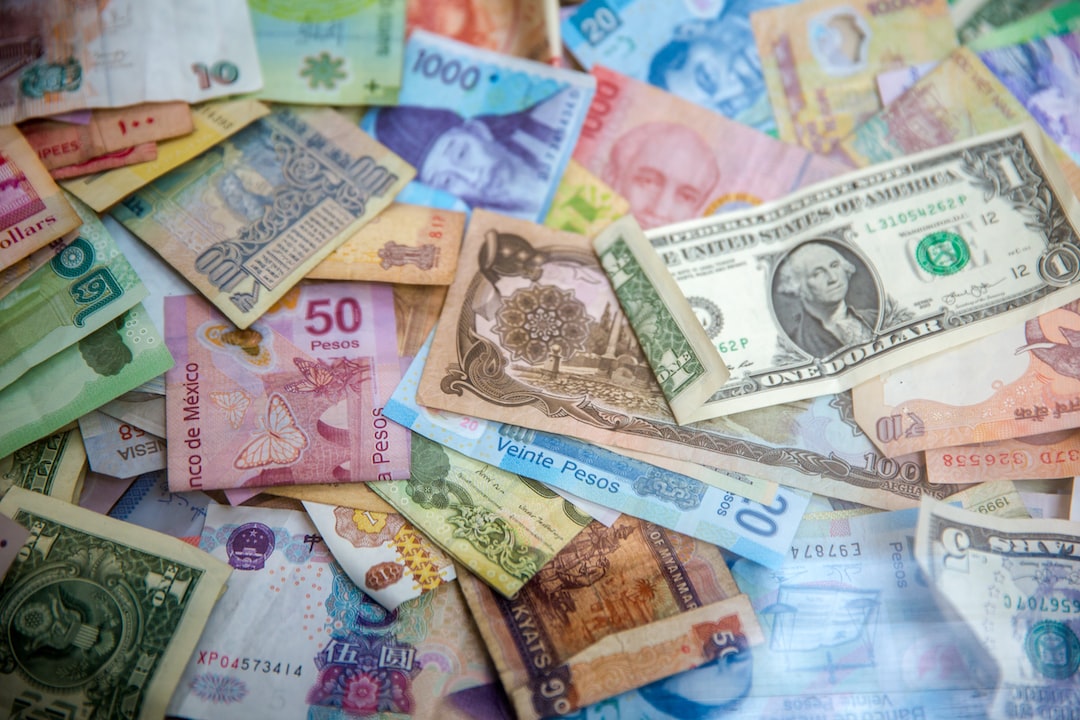Forex, also known as foreign exchange, is the largest financial market in the world. It involves the buying and selling of currencies from different countries, with prices constantly fluctuating based on various factors. Understanding what determines forex prices is crucial for anyone looking to invest in the market.
Supply and Demand
Like any other market, forex prices are determined by the forces of supply and demand. When there is a high demand for a currency, its price is likely to increase, and vice versa. Similarly, if there is a high supply of a currency, its price is likely to decrease. The demand for a currency is influenced by factors such as economic growth, interest rates, and geopolitical events.
Economic Indicators
Economic indicators play a significant role in determining forex prices. These indicators include inflation rates, gross domestic product (GDP), employment rates, and trade balances. When an economy is performing well, with low inflation rates, high GDP, and low unemployment rates, the demand for its currency is likely to increase, leading to an increase in its price.
Interest Rates
Interest rates are a crucial factor in forex pricing. Central banks use interest rates to control inflation and stimulate economic growth. When a central bank raises interest rates, it attracts foreign investment, leading to an increase in demand for the currency and an increase in its price. On the other hand, when interest rates are lowered, it discourages foreign investment, leading to a decrease in demand for the currency and a decrease in its price.
Geopolitical Events
Geopolitical events such as wars, political instability, and natural disasters can have a significant impact on forex prices. These events can cause a flight to safety, with investors moving their money into safe-haven currencies such as the US dollar, Swiss franc, or Japanese yen. This can lead to an increase in the value of these currencies, while the currencies of countries affected by the event can decrease in value.
Market Sentiment
Market sentiment, also known as investor sentiment, refers to the overall feeling or attitude of investors towards a particular currency. It is influenced by various factors such as economic data, news events, and market trends. Positive market sentiment can lead to an increase in demand for a currency, while negative market sentiment can lead to a decrease in demand for the currency.
Technical Analysis
Technical analysis is a method used to analyze past price movements and identify patterns that can help predict future price movements. Traders use technical analysis to identify trends, support and resistance levels, and other indicators to help make trading decisions. Technical analysis is not the only factor that determines forex prices, but it can provide valuable insight into market movements.
In conclusion, forex prices are determined by a complex interplay of various factors, including supply and demand, economic indicators, interest rates, geopolitical events, market sentiment, and technical analysis. Understanding these factors is crucial for anyone looking to invest in the forex market. It is important to remember that forex prices are highly volatile and can change rapidly in response to any of these factors. As with any investment, it is essential to do your research, understand the risks involved, and make informed trading decisions.






